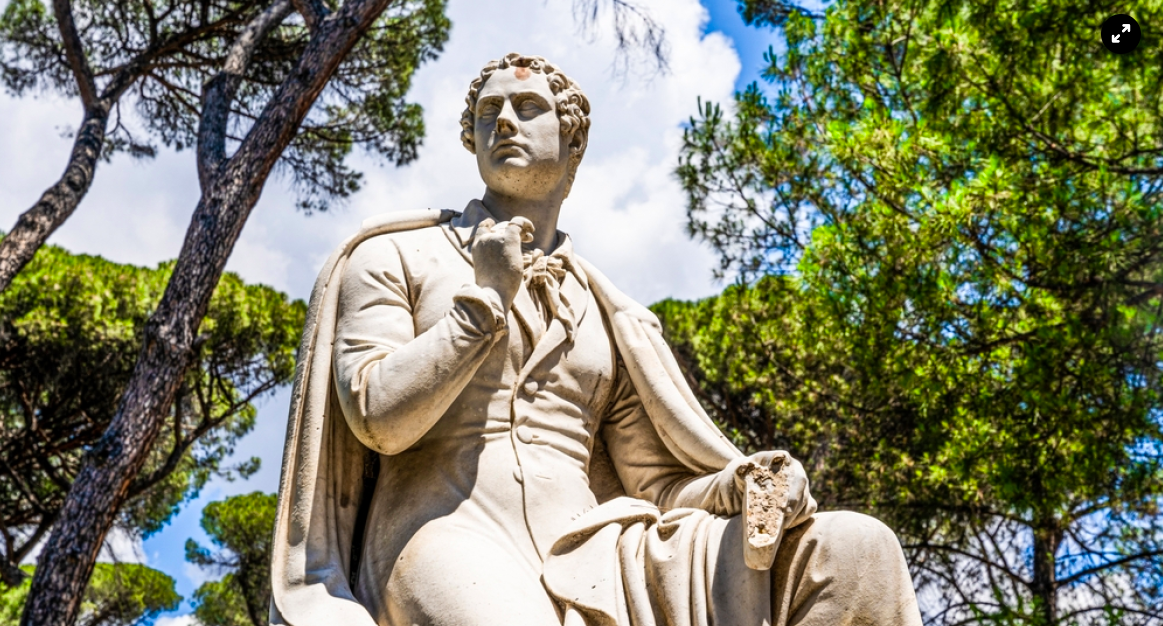A museum dedicated to the life and works of British aristocrat, poet, and Philhellene Lord Byron is set to open its doors soon in the city of Ravenna, in northern Italy.
According to The Guardian, the museum is housed in Palazzo Guiccioli, the historic building where Byron had a passionate affair with Countess Teresa Guiccioli, the wife of an aristocrat, and where he completed some of his greatest works.
Byron moved into the palace in 1819, living under the roof of the countess’s husband, whom he had met at a reception in Venice. The spacious residence in the heart of Ravenna has been restored by the Cassa di Risparmio di Ravenna Foundation, and beginning November 29, visitors can explore the spaces where a great love was born and masterpieces such as Don Juan, Sardanapalus, The Prophecy of Dante, and the final canto of Childe Harold’s Pilgrimage were written.
One of the museum’s rooms features memorabilia from the poet’s love affair with the countess, including letters, jewelry, and locks of Byron’s curly hair.
A wing of the museum is dedicated to the Risorgimento, the 19th-century Italian unification movement, highlighting Byron’s ties to the Carbonari, an informal network of secret revolutionary societies that contributed to Italy’s unification.
“The idea is to connect three aspects of Lord Byron’s personality—the poet, the lover, and the man dedicated to freedom,” said a museum spokesperson.
A Life of Passions
Lord Byron passed away in 1824 in Missolonghi, Greece, while fighting for Greek independence. Although he had many romantic relationships during his lifetime, Countess Teresa was his last great love.
“His love for Teresa led to an inner transformation. He may not have become a saint, but it changed his life,” said Antonio Patuelli, president of the Cassa di Risparmio di Ravenna Foundation.
Museum visitors will have the opportunity to experience the poet’s life in Italy and learn about the inspirations behind his works, thanks to interactive virtual reality technology.
Ask me anything
Explore related questions





